An Illustrated Sense of Place – AOI Member Folios
Whether it’s making a person feel seen, bringing a wave of nostalgia or opening eyes to the unfamiliar, a sense of place is a compelling subject for illustration.

We spoke to AOI Members who conjure ‘place,’ to find out how they transport us and why.
Observational drawing is at the heart of what all of these illustrators do. Jat Bains refers to observational drawing as the “cornerstone” of her work; Don Mak tells us it is “fundamental”.
My eyes dart around, seeking out objects and snippets of typography to document and bring to life. I find beauty in everyday locations that haven’t been aesthetically curated. Places like local launderettes are full of character, from the clash of various signs shouting for your attention to the quirky choice of floor tiles.
Jat Bains
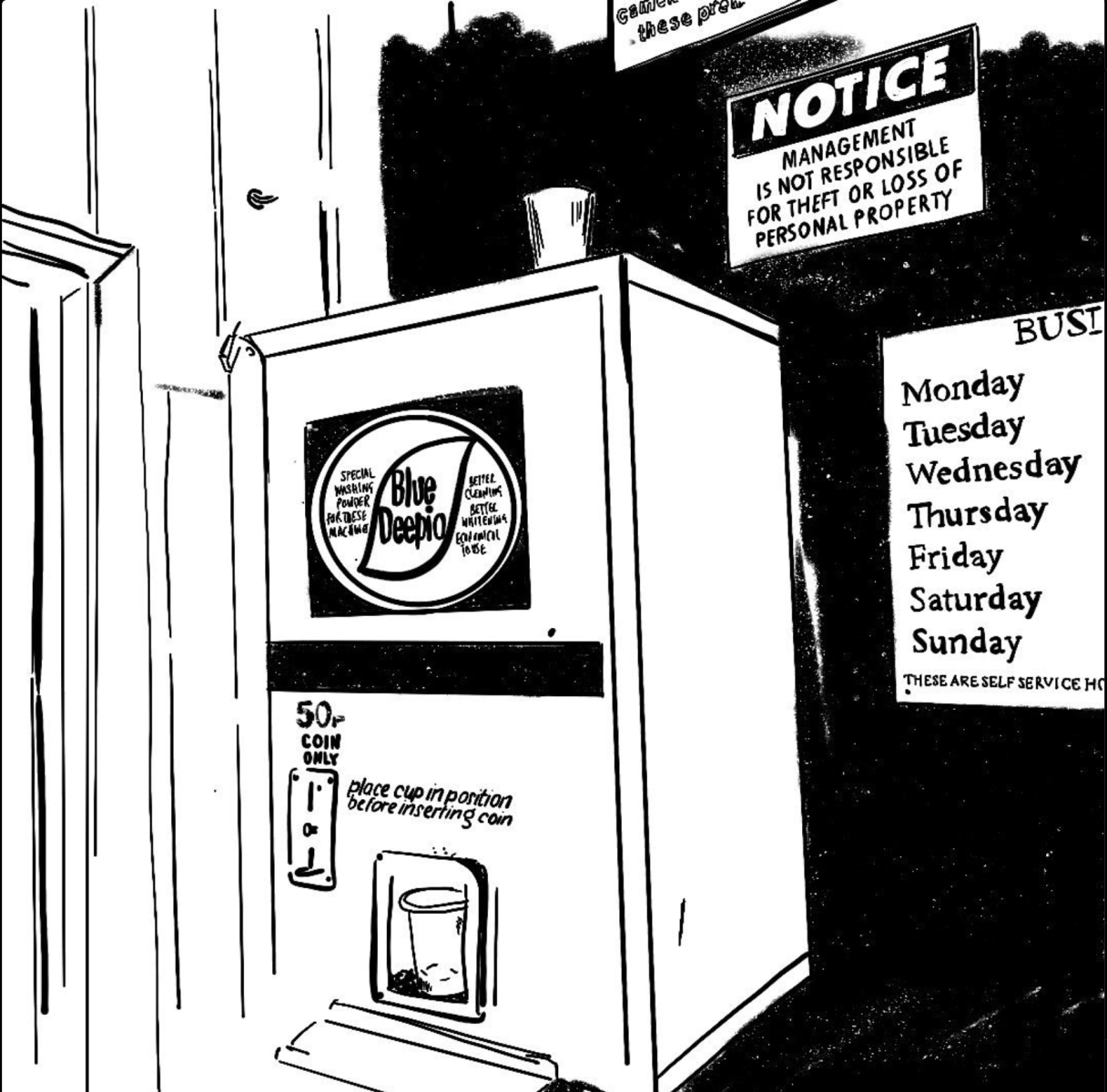
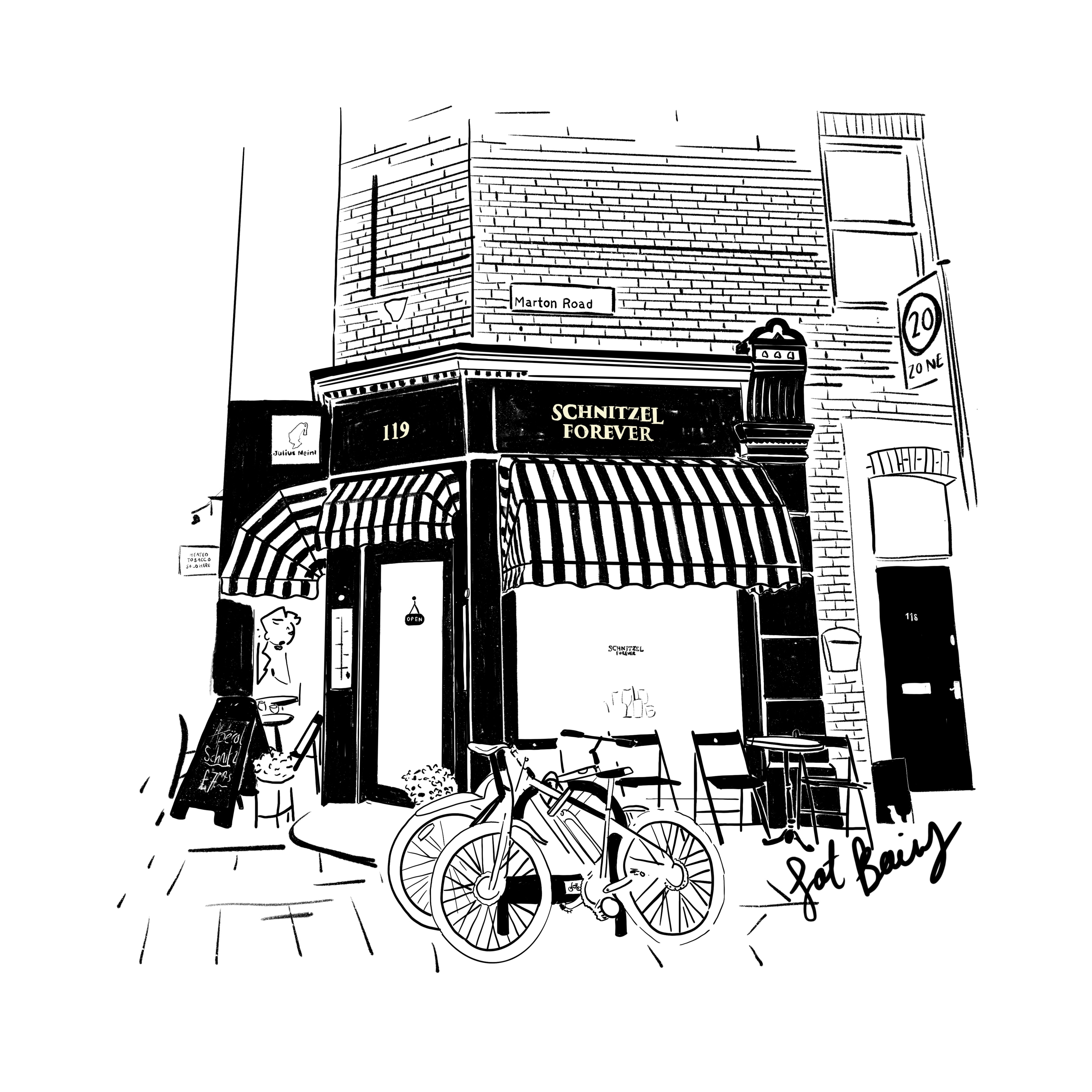
Drawing is really about paying attention.
Lis Watkins
The basic act of looking and seeing underpins every creative practice, and when it comes to capturing a sense of place, a perceptive eye is important for achieving the kind of specificity that sparks recognition. As Amy Leonard put it to us, “observing is the basis of my entire practice, not so much observational drawing but looking up, listening and noticing.” Lis Watkins also notes that the spontaneity and character of an observational drawing is part of the immersive appeal. She tells us that when it comes to commissioned work “clients tend to want me to create the freshness of location sketches even when I am supplied with photographic reference.”
I have always been captivated by the intricate details that often go unnoticed by passers-by. These are the elements that someone who sees a building or space every day might connect with in my illustrations.
Jat Bains
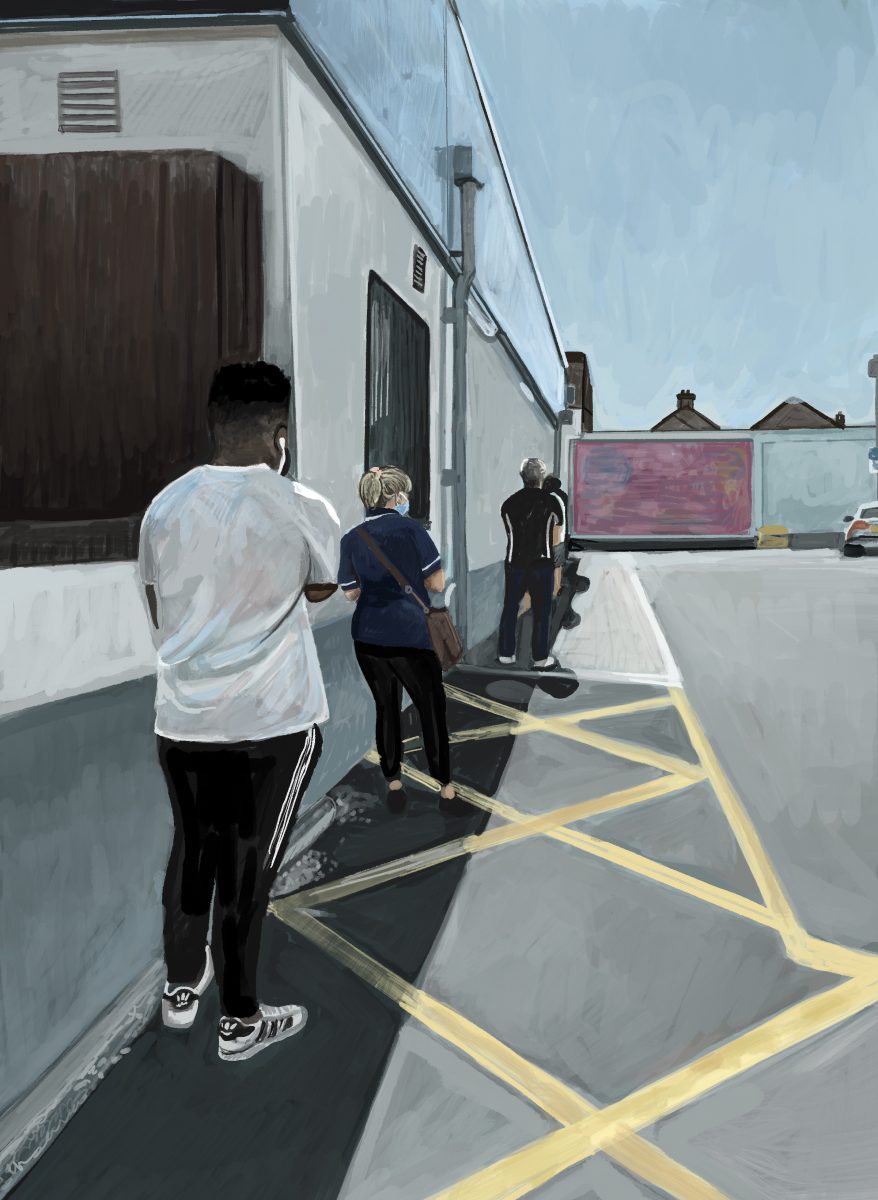
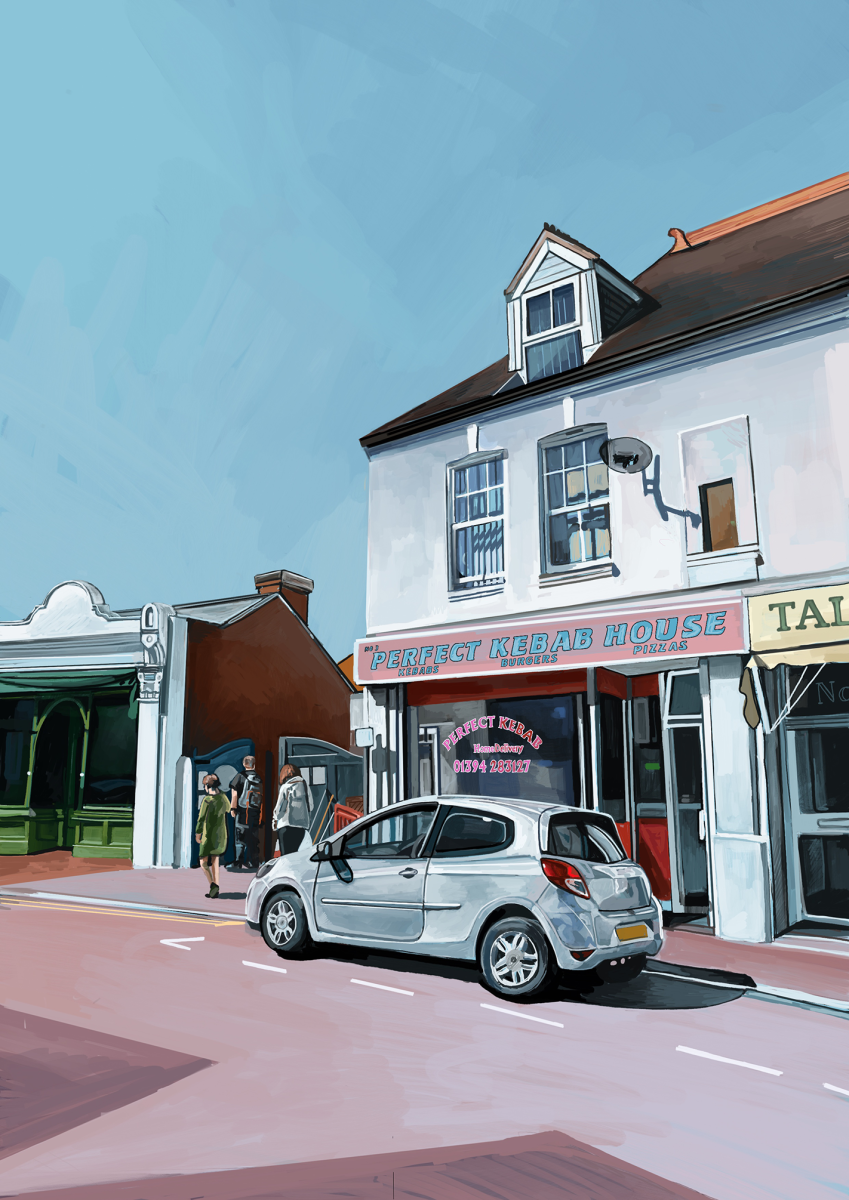
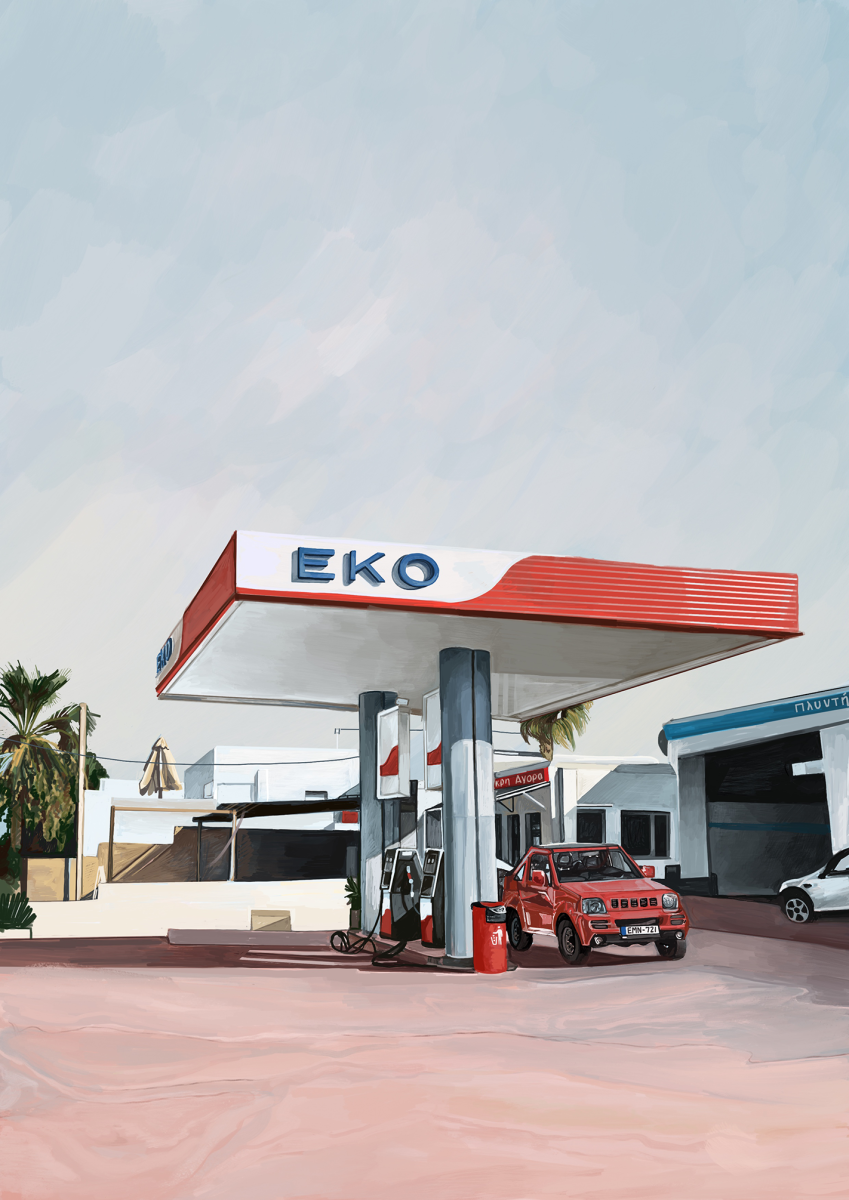
Illustrating place might be born from an intimate connection with that place, or it may be a response to unfamiliarity, a desire to record travel. In Dionne Kitching’s work, we might see reference to “the red bricks and the cobblestones, the blocky shapes of the old industrial mills and warehouses” of her home in Manchester. For Jat Bains, “while I enjoy revisiting familiar places and have my favourite spots to draw, I find exploring new spaces supply me with fresh stimulus.”

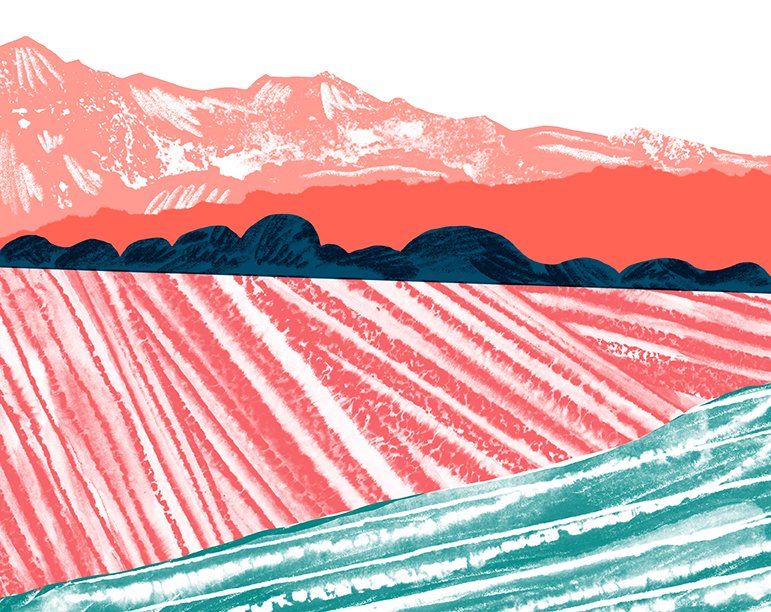
Depicting place can be a way of connecting with others and sharing our worlds. Lis Watkins tells us she belongs to a group called Urban Sketchers, a community where contributors “share their drawings, giving a glimpse into their everyday lives. It’s always interesting to see the differences but also the things we have in common, wherever we live.’’
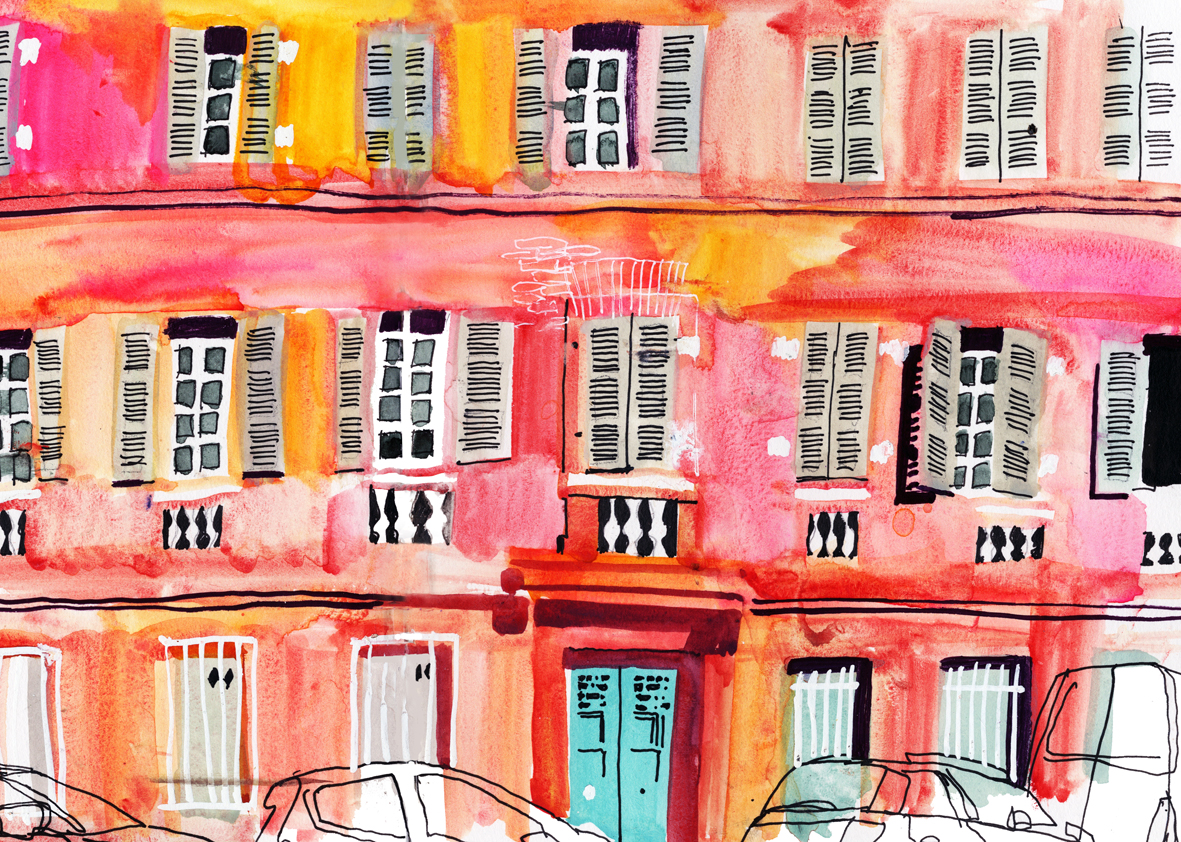

Illustrating place isn’t just about capturing landscapes, architecture or interiors – it’s about people that occupy that space and the marks they leave too. Lucy Banaji spoke to us about how when it comes to capturing a figure in space realism or accuracy isn’t necessary from a stylistic perspective and can be translated through other means – “I think recognition can be triggered with just a gesture or two – the way a person is positioned or their expression.”

Places kind of tell their own stories, the history is right there for you to see so it gives social and political issues a sense of context. Sometimes the place isn’t geographical either, sometimes it can just be a familiar concept like ‘home’
Dionne Kitching
With illustrating place comes opportunity to communicate or record the historic, political or social context of that place. A sense of place can become a backbone to illustration as reportage, activism, or in an authorial sense. Again, this is where sensitively considered details can shape a narrative – or become a device through which to speak directly with an audience who may know and understand the significance of those details. Glyn Goodwin’s reportage work documenting the refugee crisis and homelessness relies on careful observational drawing and a sense of place – and as he tells us, “a sense of place gives context to any social issues so it is crucial for a fuller understanding”.
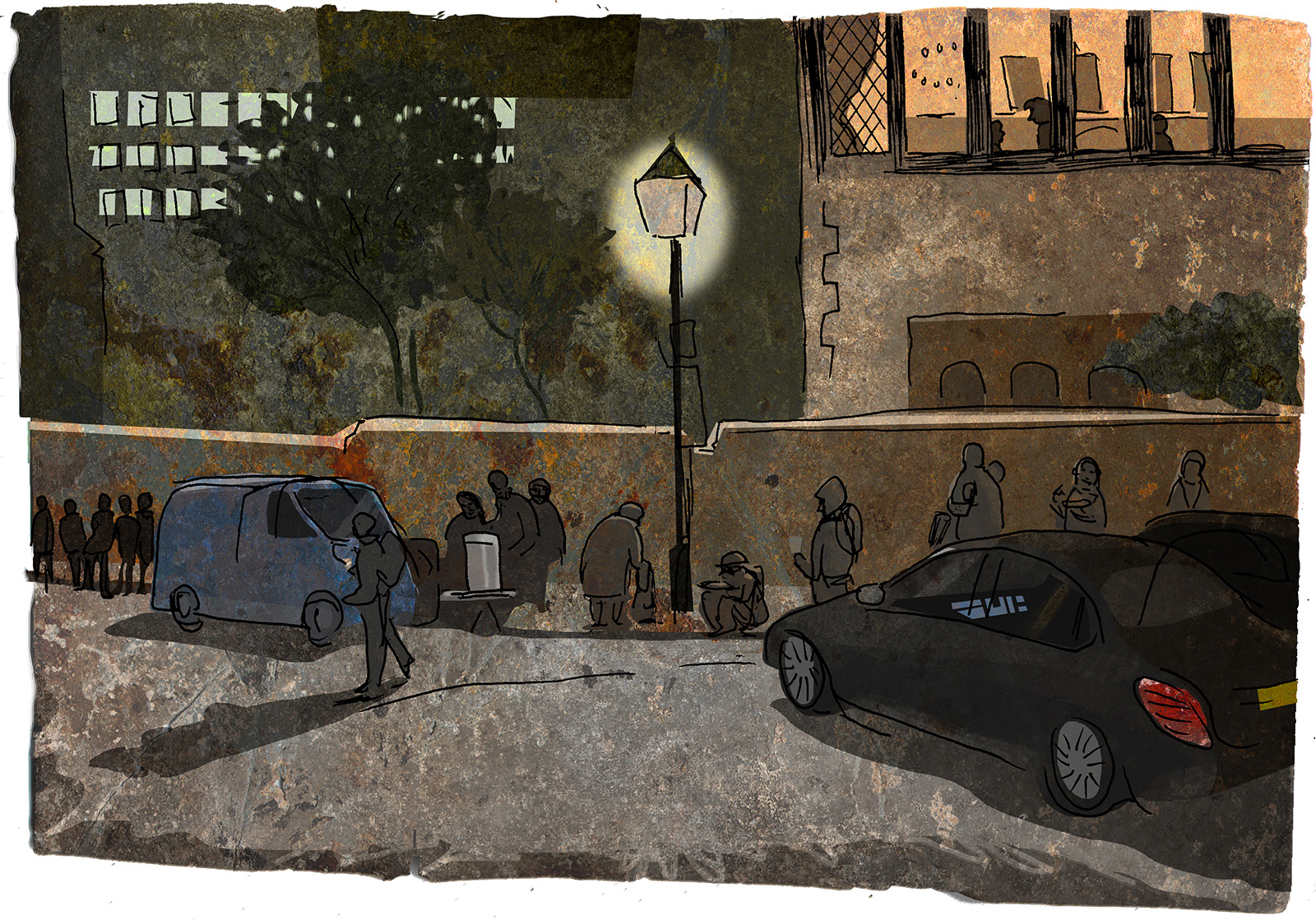

Evoking a strong sense of place can be a meaningful tool. It provides context and grounding, making these issues more relatable. I also incorporate this into my practice. For example, I find the calligraphy on Hong Kong’s signboards beautiful, but due to the new regulatory law, most neon signboards in Hong Kong need to be cleared. It would be a little meaningful conservation if I integrated the aesthetics of the signboards into my works.
Don Mak
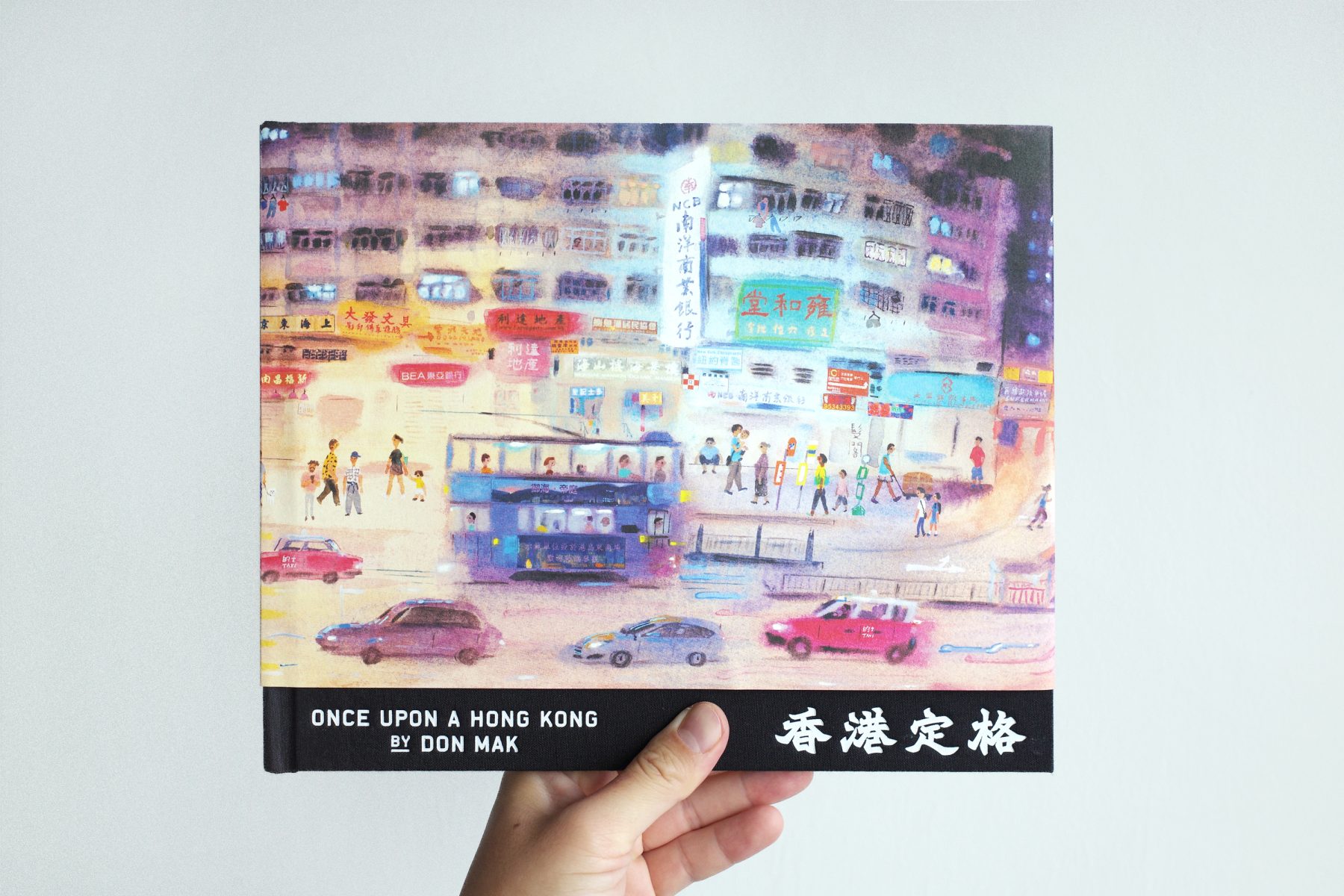

Creating a strong sense of place doesn’t mean that place has to be entirely ‘real’, nor does a fictional place have any less potential for insight. Fantasy and science fiction has an extensive convention of world-building through illustration, assembling and remixing from observation. A sense of place might equally be of a psychological landscape. Recently, Don Mak has been working on a series of self-directed works for exhibition. They are dreamlike works that occupy a space in between the real and the imagined. “They blend memories of my upbringing in Hong Kong with my consciousness and experiences from living in the UK in recent years. This creative process involves compressing and imagining memories and time, creating a surreal atmosphere in the paintings.”

With thanks to our illustrators, travellers and guides. If you’re looking for ways to connect up your illustration practice and the place you live, you might be interested in the AOI meet ups. If you find there’s not a group in your area yet, and you’d like to volunteer to start one, get in touch with us.
Amy Leonard
AOI Folio | Website
Dionne Kitching
AOI Folio | Website
Lis Watkins
AOI Folio | Website
Lucy Banaji
AOI Folio | Website
Glyn Goodwin
AOI Folio | BBC Article
Back to News Page
